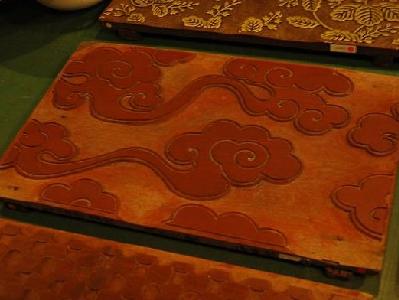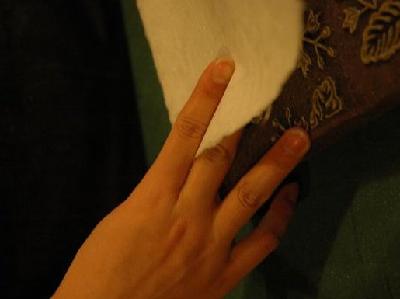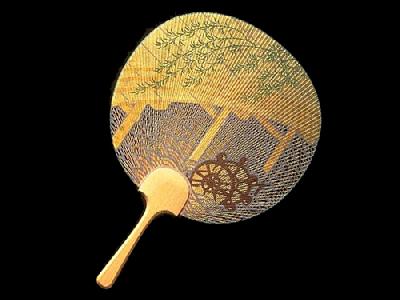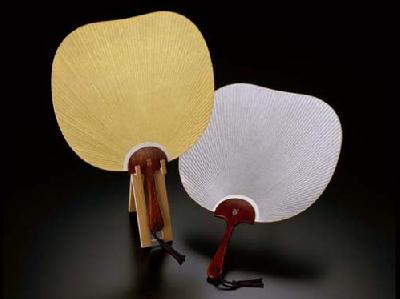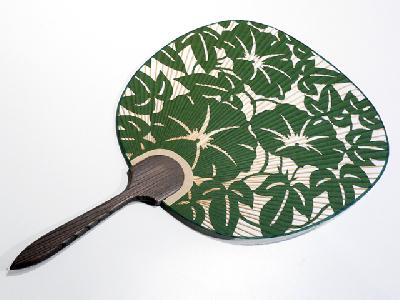|
Karakami is the woodblock-printed paper mainly used for Japanese sliding doors. Karakami made in Kyoto is called Kyokarakami. The origin of Karakami, which literally means “Chinese paper,” dates back to the Heian period (794-1192), when Japanese craftsmen in Kyoto began to make paper by modeling after the paper brought from China. Karakami was first used to write poems on it and then in the later periods it came to be used for Japanese sliding doors.
Karakami greatly developed in the middle of the Edo Period (1603-1868). In the book illustrations depicting craftsmen of this time, drawn in 1685 by Hishikawa Moronobu, a Kyokarakami craftsman working in his studio is included.
Kyokarakami is used for sliding doors at historical sites such as Katsura Detached Palace and temples, Japanese tea house and other traditional places. However, there is only one Kyokarakami producing studio in Kyoto today. There, more than 600 woodblock patterns made in the 17th century, each of which is elaborately hand-carved, are preserved and used according to the purpose of use.
The pigments are mixed with mica dust and an adhesive to create paint. The paint is brushed onto a fine mesh sieve covered with gauze and applied on the woodblock pattern by gently patting the sieve. The Washi paper is then pressed down with a gentle sweep of the hands and then carefully peeled away.
Mica dust in the pigments creates gentle and graceful gloss. It is exquisitely beautiful when the patterns on the paper twinkle softly along with flickering flames of a candle.
Karakami greatly developed in the middle of the Edo Period (1603-1868). In the book illustrations depicting craftsmen of this time, drawn in 1685 by Hishikawa Moronobu, a Kyokarakami craftsman working in his studio is included.
Kyokarakami is used for sliding doors at historical sites such as Katsura Detached Palace and temples, Japanese tea house and other traditional places. However, there is only one Kyokarakami producing studio in Kyoto today. There, more than 600 woodblock patterns made in the 17th century, each of which is elaborately hand-carved, are preserved and used according to the purpose of use.
The pigments are mixed with mica dust and an adhesive to create paint. The paint is brushed onto a fine mesh sieve covered with gauze and applied on the woodblock pattern by gently patting the sieve. The Washi paper is then pressed down with a gentle sweep of the hands and then carefully peeled away.
Mica dust in the pigments creates gentle and graceful gloss. It is exquisitely beautiful when the patterns on the paper twinkle softly along with flickering flames of a candle.
| [+ADDRESS] | 
|

